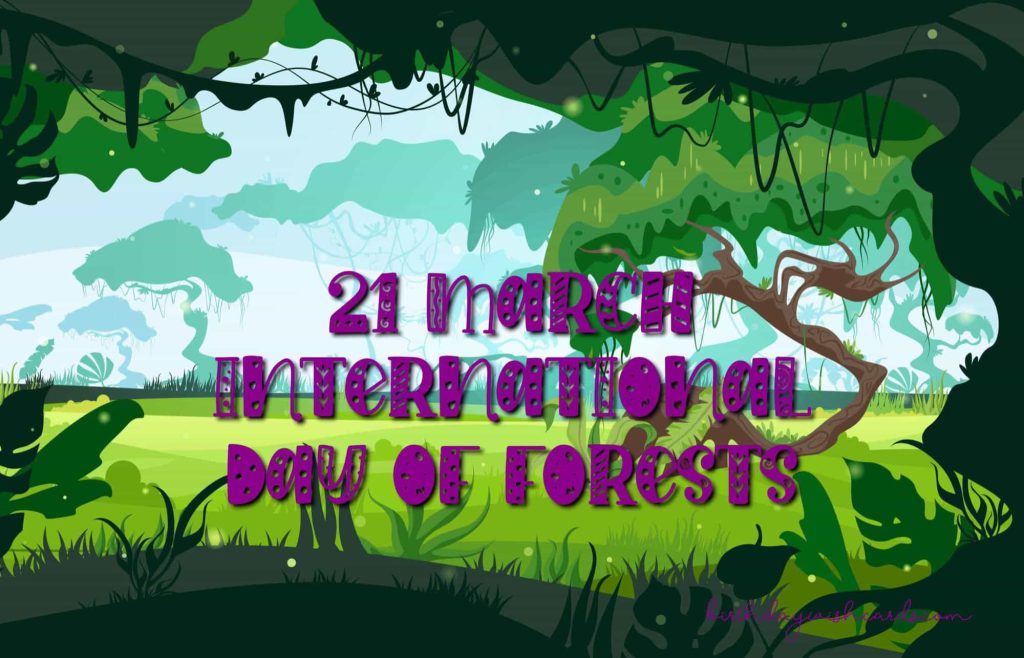
21 March: International Day of Forests
Purpose and Themes of the Day
In November 2012, the United Nations General Assembly designated 21 March as the International Day of Forests. This day celebrates forests of all types around the world and raises awareness about the importance of their sustainable management, conservation, and development. The aim is to ensure that these vital ecosystems continue to benefit both present and future generations.
Each year, the International Day of Forests adopts a specific theme to spotlight key issues. For example, the 2017 theme, Forests and Energy, highlighted the essential role of wood energy in supporting sustainable development and combating climate change. In 2021, the theme “Forest healing: a path to recovery and well-being” emphasized how the restoration and sustainable management of forests can address climate change and the biodiversity crisis.
The Impact of Deforestation
On this day, countries are encouraged to organize activities such as tree-planting campaigns at local, national, and international levels. Deforestation—the clearing of forests for agriculture, livestock, or urban development—remains a major environmental challenge. Tropical rainforests are particularly at risk, with countries like Honduras and Nigeria experiencing some of the highest deforestation rates.
The consequences of deforestation are far-reaching: habitat loss, declining biodiversity, disrupted water cycles, soil degradation, and increased greenhouse gas emissions. These effects endanger not only the environment but also the livelihoods of communities that depend on forests.
The Benefits of Forests
Forests are essential to life on Earth. They provide clean air, wood, and habitats for countless species. Forests also protect watersheds, prevent soil erosion, and help regulate the global climate.
Top Reasons Why Forests Are Magical
- Forests are a Breath of Fresh Air: They absorb carbon dioxide and release oxygen, improving air quality.
- Forests are Home Sweet Home: They provide shelter and food for millions of wildlife species.
- Forests Keep Things Cool: Through shade and evapotranspiration, forests help moderate temperatures.
- Forests Help Fight Climate Change: As carbon sinks, forests reduce greenhouse gases in the atmosphere.
- Forests Provide Abundant Resources: From timber and medicines to fruits and nuts, forests supply a wealth of resources.
- Forests Clean Water: They filter pollutants and maintain the quality of freshwater systems.
- Forests Prevent Soil Erosion: Tree roots stabilize the soil, reducing erosion and landslides.
- Forests Sustain Communities: Many Indigenous peoples rely on forests for their culture, livelihoods, and sustenance.
How We Can Preserve Our Forests
Protecting and conserving forests is vital for a healthy environment and human well-being. Here are some key steps to sustain our forests:
- Regulated and Planned Tree Cutting: Adopting sustainable logging practices to prevent overexploitation.
- Forest Fire Management: Preventing and controlling wildfires to safeguard forest areas.
- Reforestation and Afforestation: Planting trees to restore degraded lands and expand forest cover.
- Monitoring Forest Clearance: Limiting the conversion of forests for agriculture or urbanization.
- Forest Protection: Creating protected areas and enforcing laws against illegal logging.
- Sustainable Use of Forest Products: Promoting efficient and responsible use of forest resources.
Gallery of Forests
Experience the beauty and diversity of forests through these stunning images:


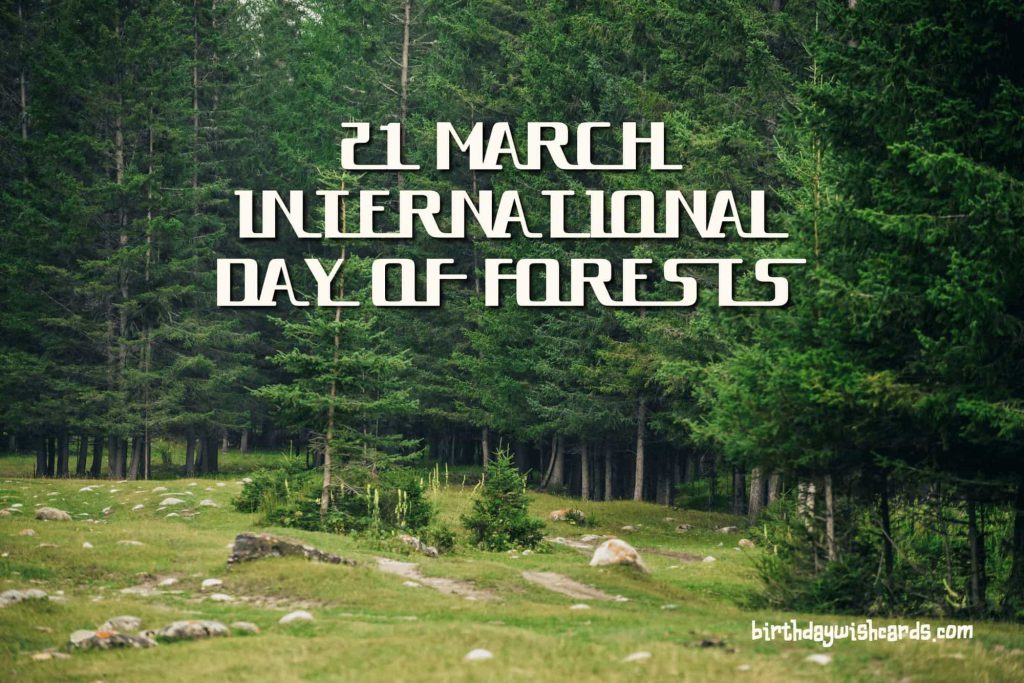

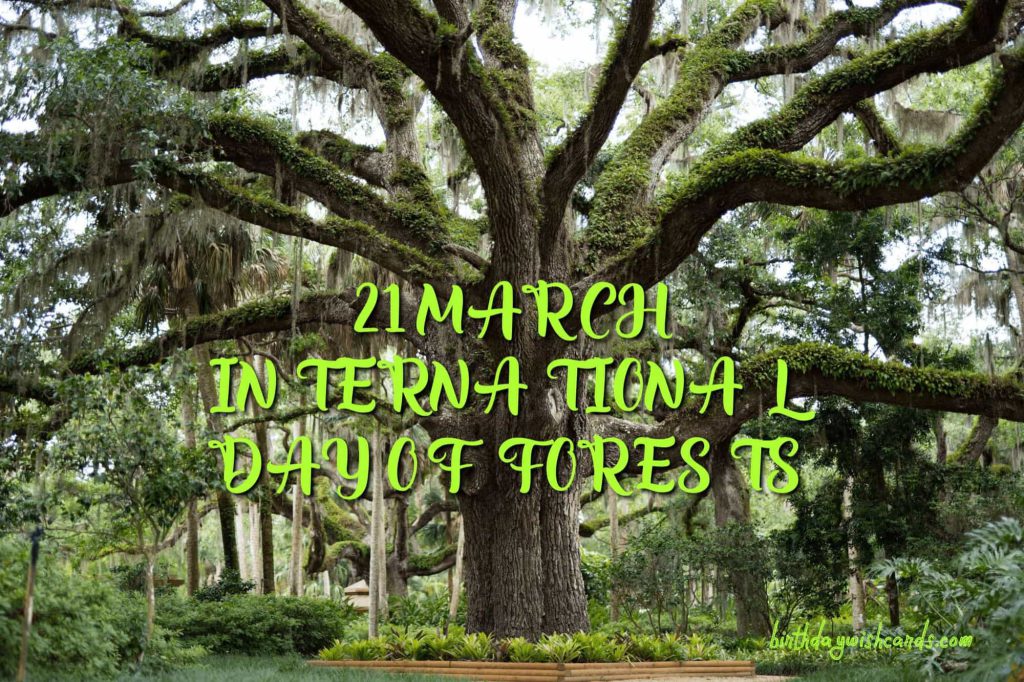
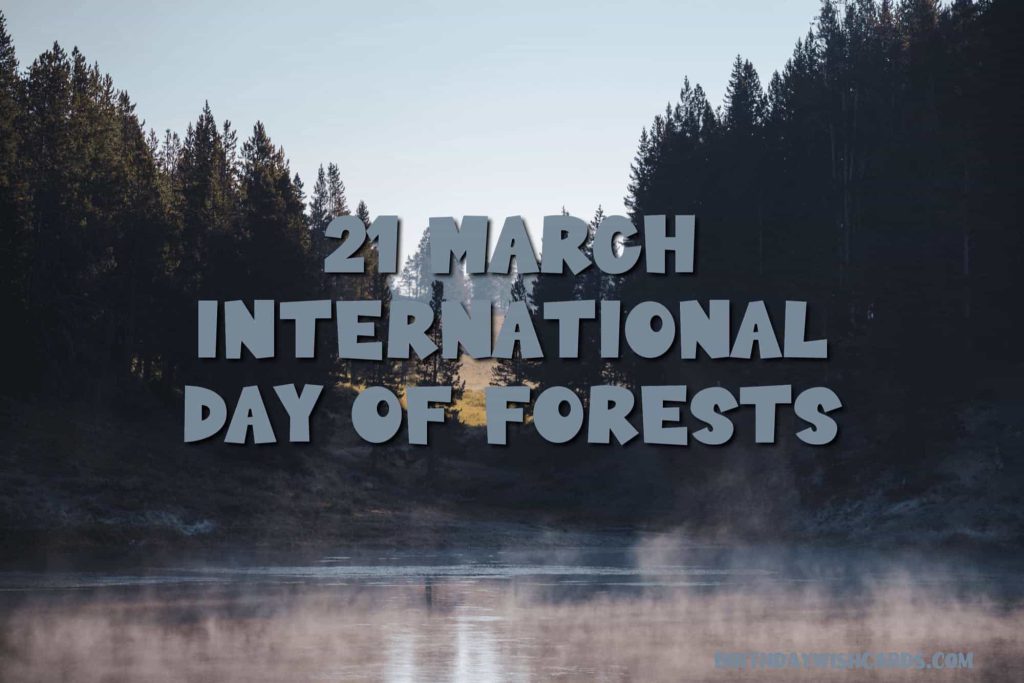
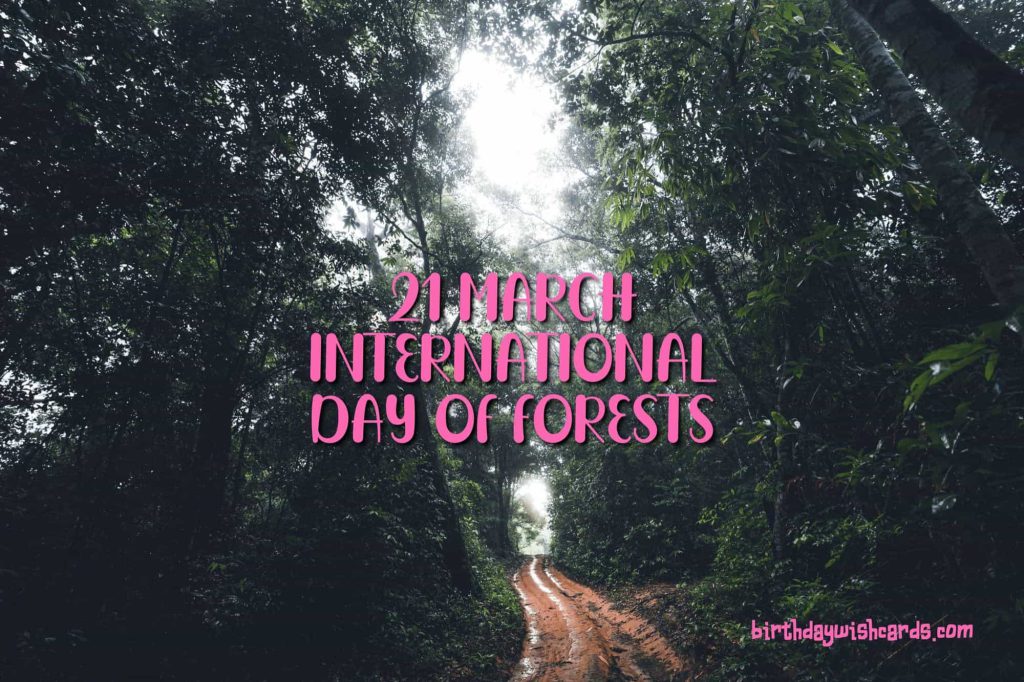
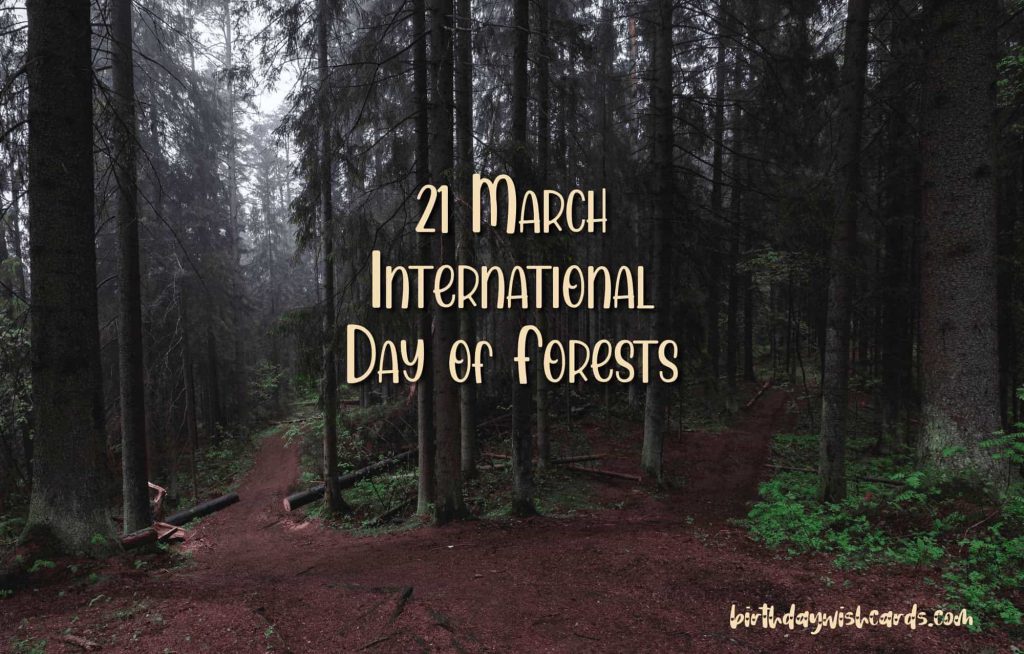

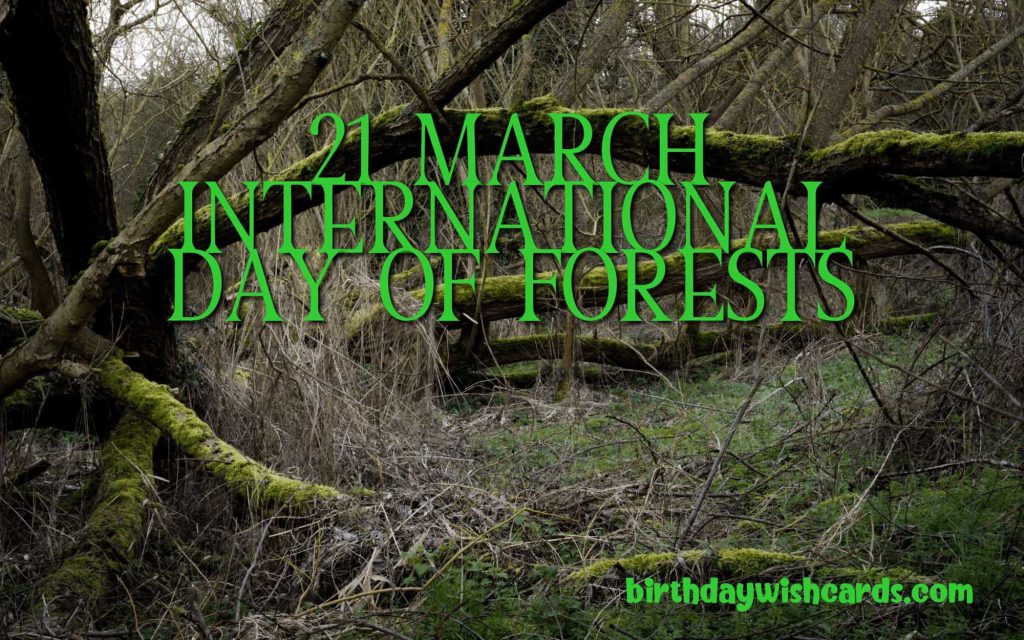
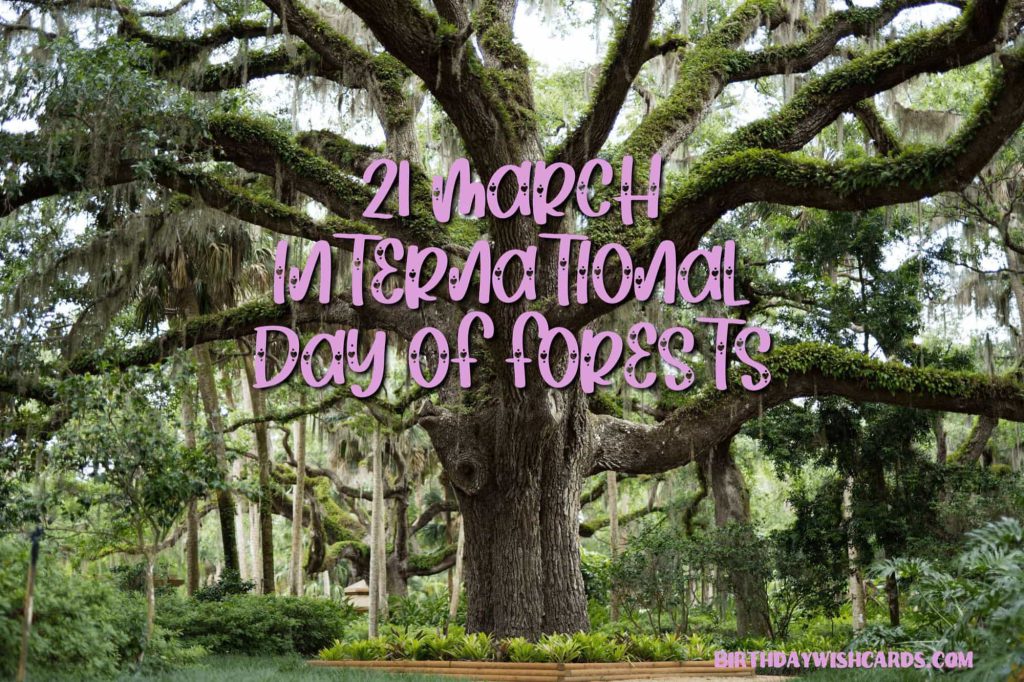
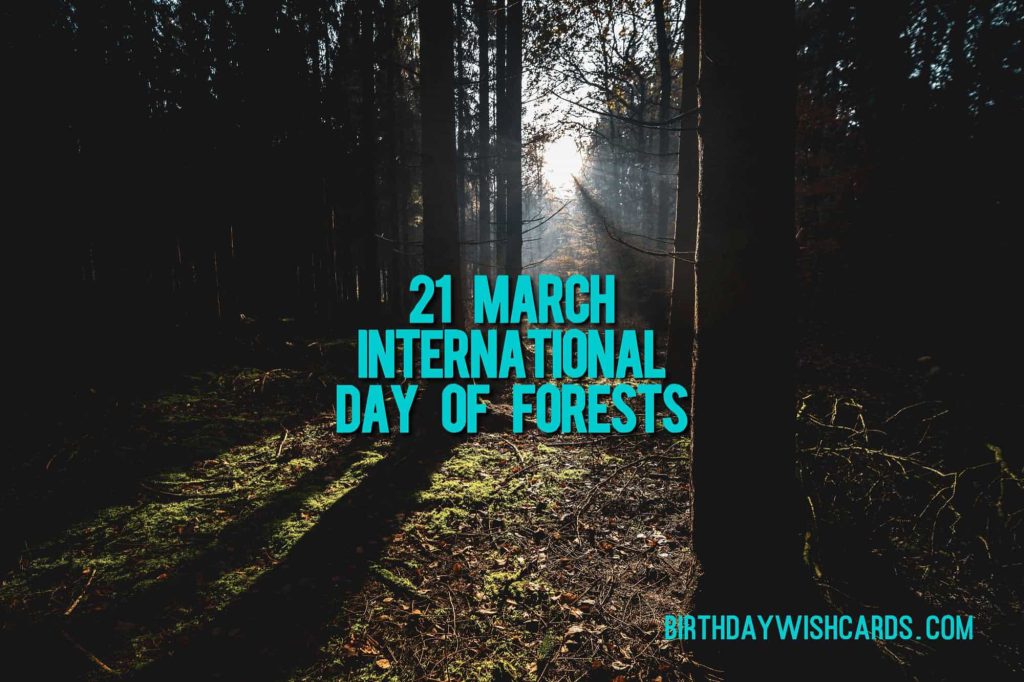

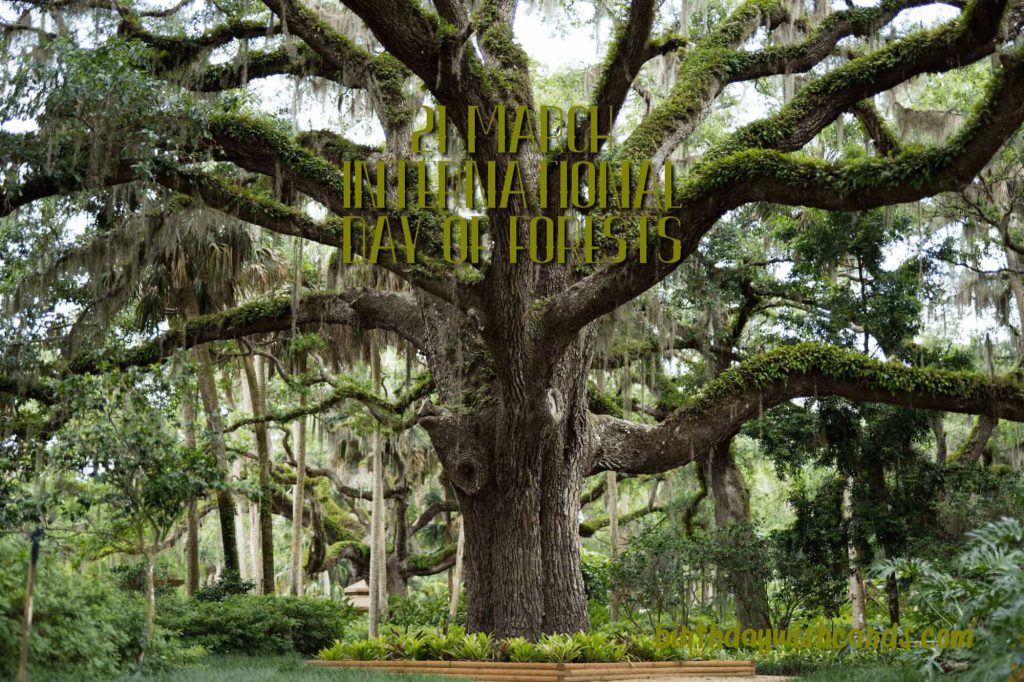
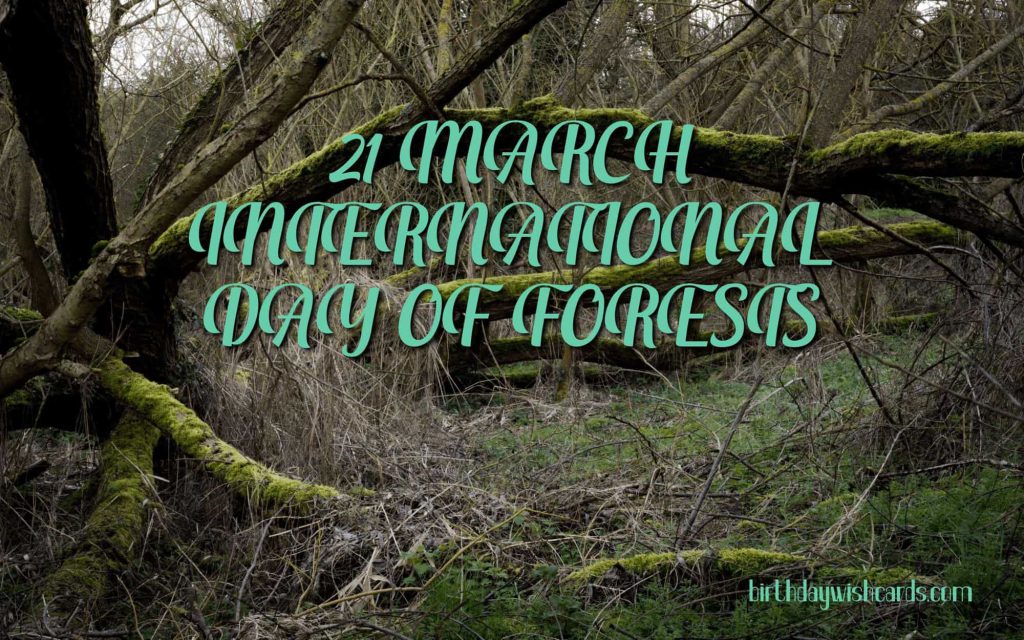
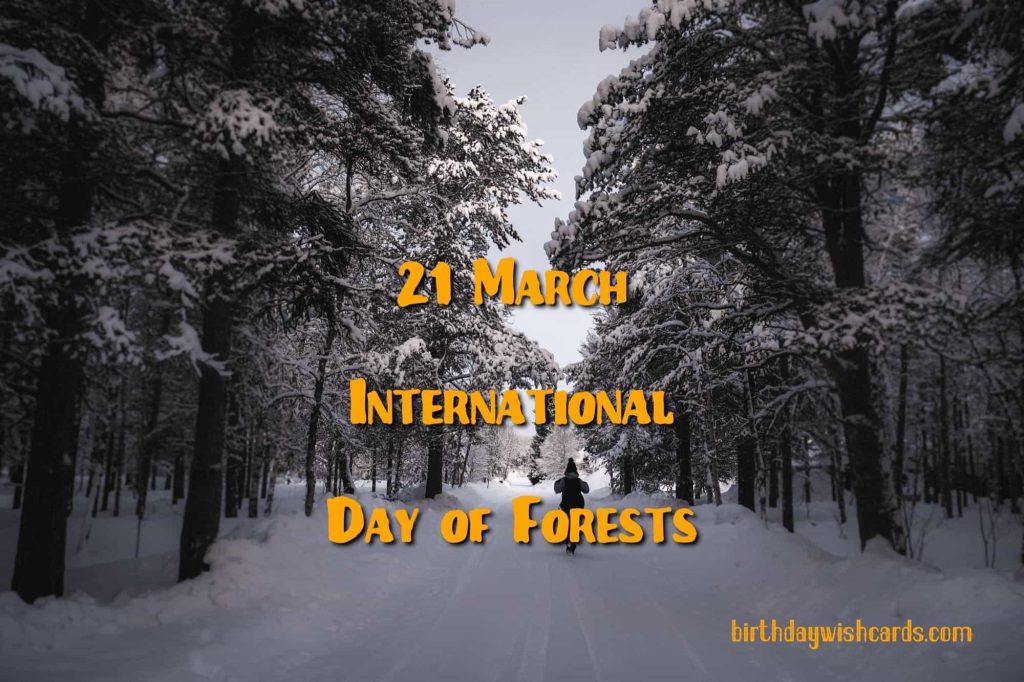
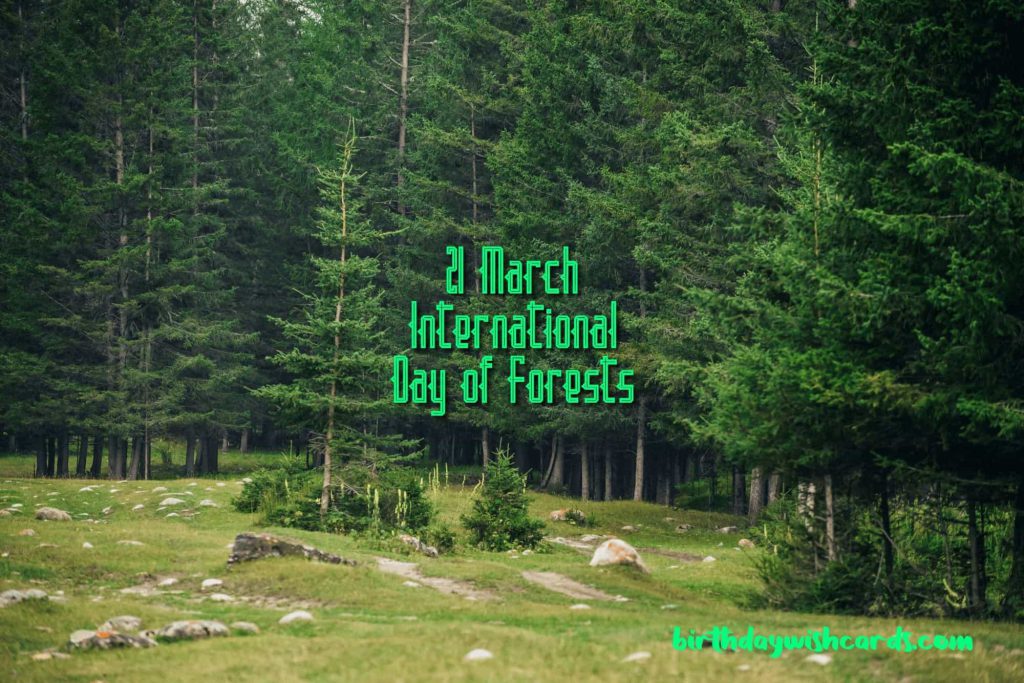

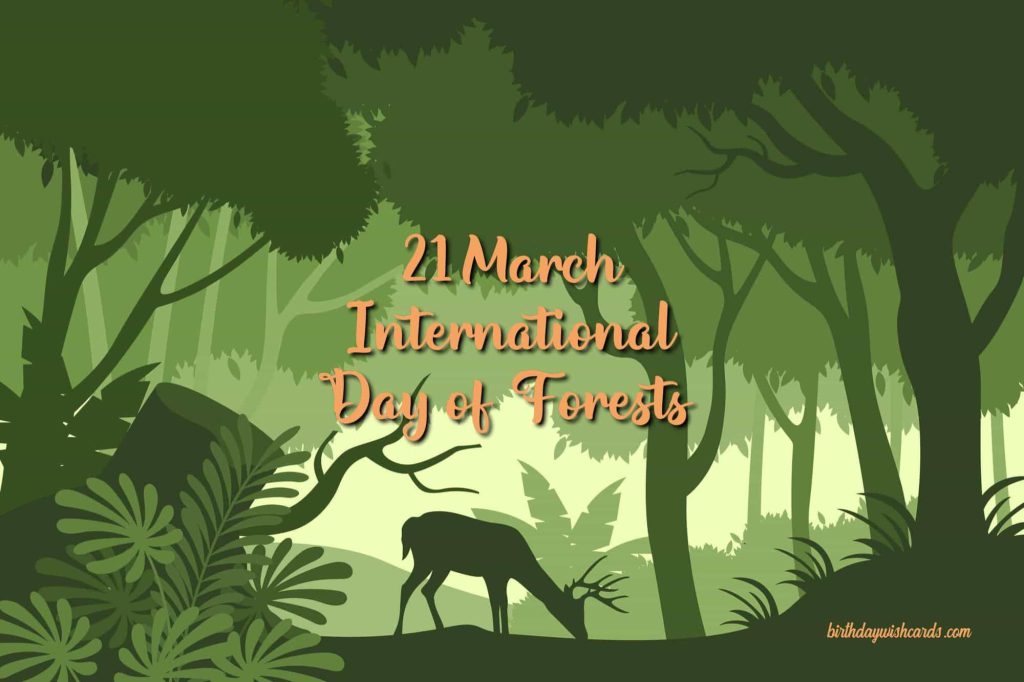
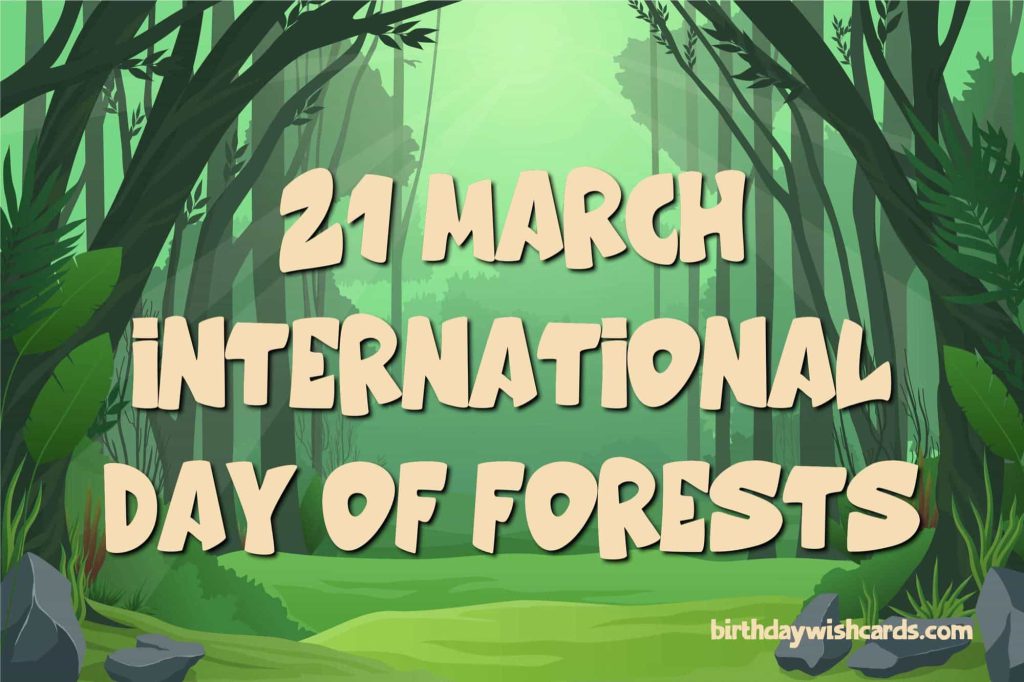
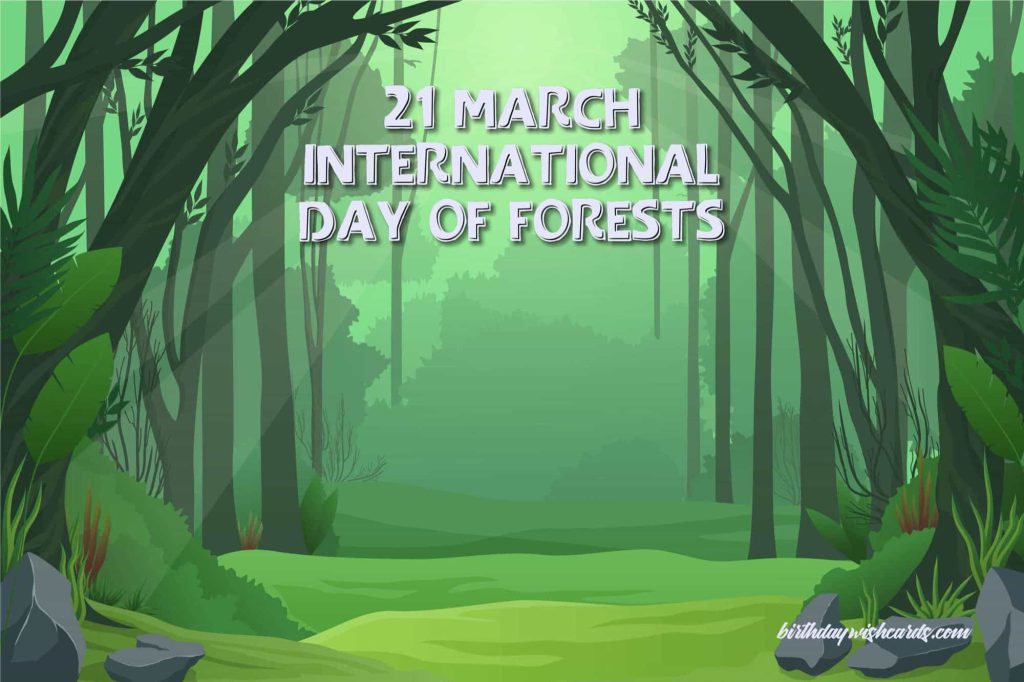

To learn more about the importance of forests and global conservation efforts, visit the United Nations International Day of Forests page. For further insights on forest conservation and sustainable management, explore resources from the Explore the Vibrant and Colorful International Carnival of Victoria – An Epitome of Entertainment




